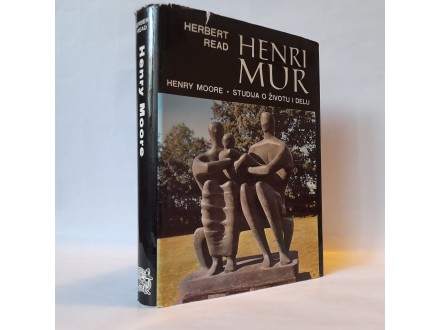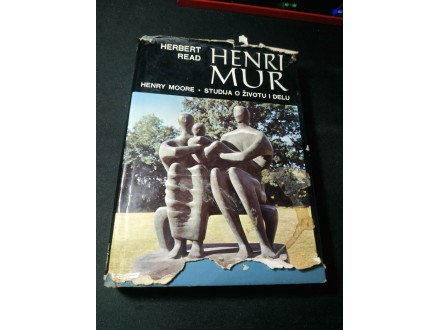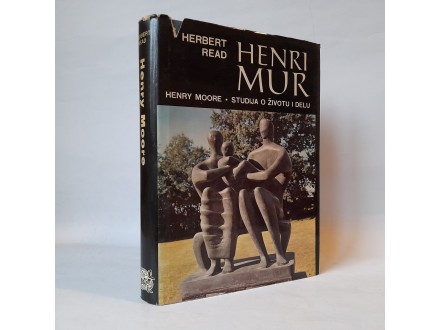Ponuda "Henry Moore Sarajevo 1984 PLAKAT" je arhivirana
Henry Moore (Henri Mur) - Herbert Read
1.200 din.
Henry Moore Mother and Child - Herbert Read
1.200 din.
HENRY MOORE: SKULPTURE
150 din.
- Henry Moore at the serpentine
1.900 din.
- Henry Moore at the serpentine
1.900 din.
SKULPTURE - HENRY MOORE
200 din.
Henry Moore Skulpture
250 din.
HENRY MOORE (SKULPTURE)
200 din.
Henry Moore
699 din.
Henry Moore - Skulpture
250 din.
Lenny Kravitz – Let Love Rule EUROPE 1989
2.800 din.
Jirel of Joiry - C.L. Moore
1.290 din.
Henry Moore (Henri Mur) - Herbert Read
1.200 din.
Henry Moore Mother and Child - Herbert Read
1.200 din.
HENRY MOORE: SKULPTURE
150 din.
- Henry Moore at the serpentine
1.900 din.
- Henry Moore at the serpentine
1.900 din.
SKULPTURE - HENRY MOORE
200 din.
Henry Moore Skulpture
250 din.
HENRY MOORE (SKULPTURE)
200 din.
Henry Moore
699 din.
Henry Moore ( Henri Mur ) - Herbert Read
1.000 din.
Henry Moore - Skulpture
250 din.
Lenny Kravitz – Let Love Rule EUROPE 1989
2.800 din.























